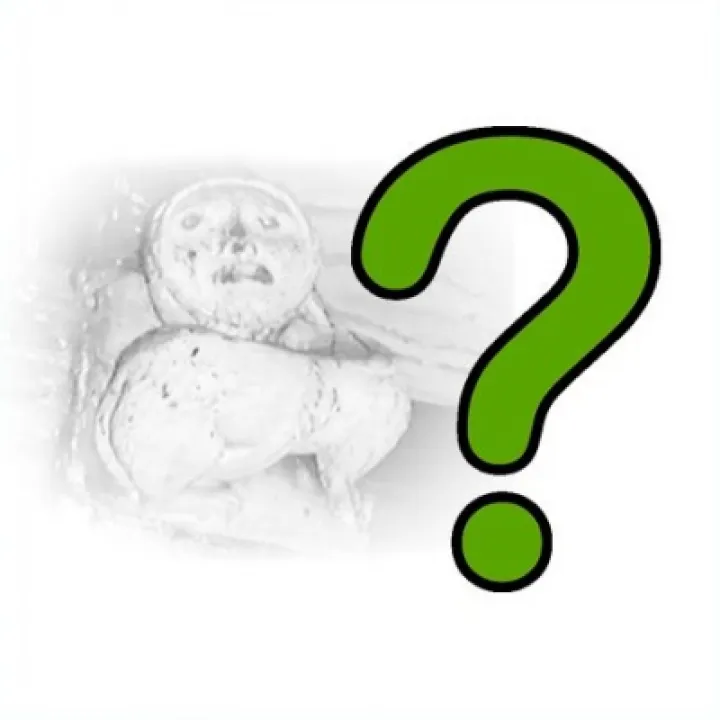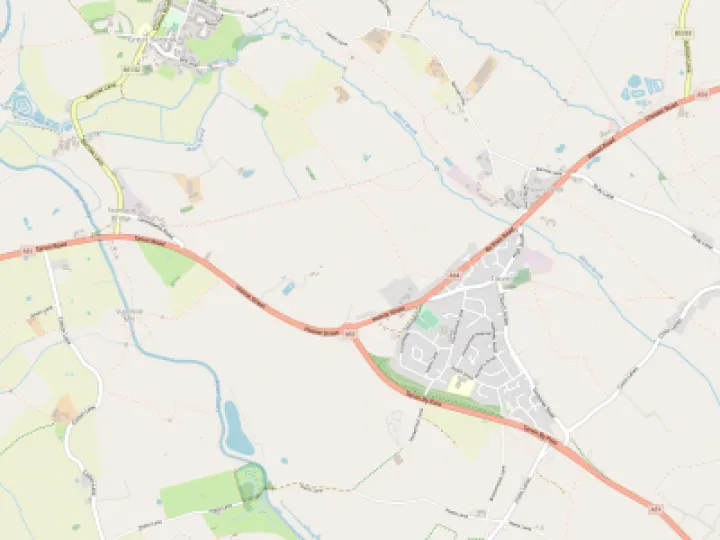Wild Flowers in our Woodland – April 2022.
As I write this, we are well into spring and the snowdrops have all finished flowering. If they are to be split this year, this is the time to do it – it is called 'splitting while in the green' and involves lifting a whole clump of snowdrop leaves to reveal the bulbs beneath. The clump of bulbs can then be carefully divided into two, three or perhaps four (depending on size) and each bunch of bulbs and leaves carefully replanted, so that they will form a new clump of flowers next year. All of the snowdrops in the woodland have been spread in this way and the vast number of clumps of flowers in January and February is a tribute to the work done by Jim & Sheila Grogan and then all the woodland volunteers over the years.
The Spring flowers are very much in evidence. Yellow is a popular colour, with the golden Lesser Celandines providing a fine display throughout the woodland and the delicate yellow Primroses providing occasional touches of colour at the edge of the trees. In the meadow next to Fairfax Avenue, there have been the small wild daffodils and there are also plenty of Cowslips scattered through the woodland. They prefer a meadow-environment but seem to get on well in the area of the clump of hazel trees near Hockenhull Lane. Dandelions can be seen throughout the woodland – and everywhere else. And finally (and perhaps most spectacularly of all) there are three clumps of Marsh Marigolds (Kingcups) near the path to the school. They prefer very damp ground and seem happy under the trees.
There are some other colours in evidence, too. In out-of-the-way and unmown spots, there are the nodding purple heads of the Snake's Head Fritillaries (with an occasional white one to be found). Purple is also the colour of the Dog Violets (so named to distinguish the wild Violet from the Sweet – or scented – Violet) which are to be found tucked away from sight under bushes. Blue is also to be widely seen, with masses of Bluebells growing amongst the trees and Forget-me-nots (probably escapees from gardens) covering formerly bare ground.
However, the greatest preponderance of flowers in the woodland have been white. First to appear were the gorgeous Wood Anemones, which can be found in several places through the woodland but were most spectacularly to be seen on the bank leading to the horse walk in the woodland behind Crossfields. This same area, once the anemones die down, will play host to a splendid display of Wild Garlic, which as well as having lovely flowers will guide you to it by its unmistakeable smell. In the woodland we have both the Common (or Lawn) Daisy and the larger Ox-Eye Daisy, both of which are named from a corruption of "day's eye", because the whole head closes at night and opens in the morning.
However, the overwhelming preponderance of white flowers are to be found on the trees. First to produce blossom are the Blackthorn bushes and trees, producing beautiful sheets of white flowers. Next come the Wild Cherry and the Bird Cherry trees, both of which are covered in white (or very slightly pink) blossom in early Spring. The Apple and Pear Trees in the orchard follow on, before the spectacular May flowering of the Hawthorn trees and bushes. Hawthorn is the only tree to have taken the name of a month and the May blossom is a sign that Spring is nearly over and Summer is upon us. An old country saying about the need to continue wearing warm clothing specifically mentions Hawthorn blossom: "Ne'er cast a clout 'till the May is out."
There is so much to see, hear and smell in the woodland, the effort expended on a walk is always amply repaid by a delight for the senses As country walks go, how much more convenient could it be?
Ed: Thanks to our amazing team of volunteers who ave created and continue to maintain this wonderful space to enjoy.
Quick Links
Get In Touch
TarvinOnline is powered by our active community.
Please send us your news and views.










